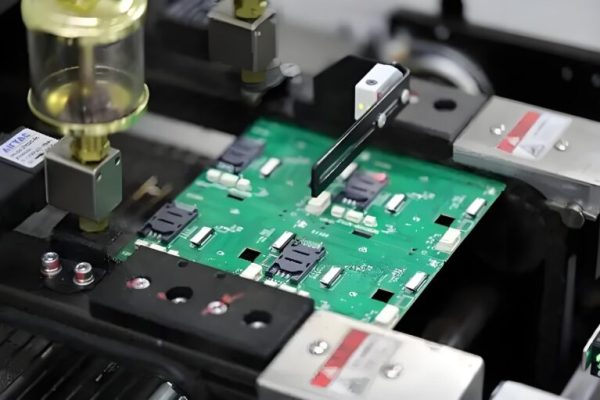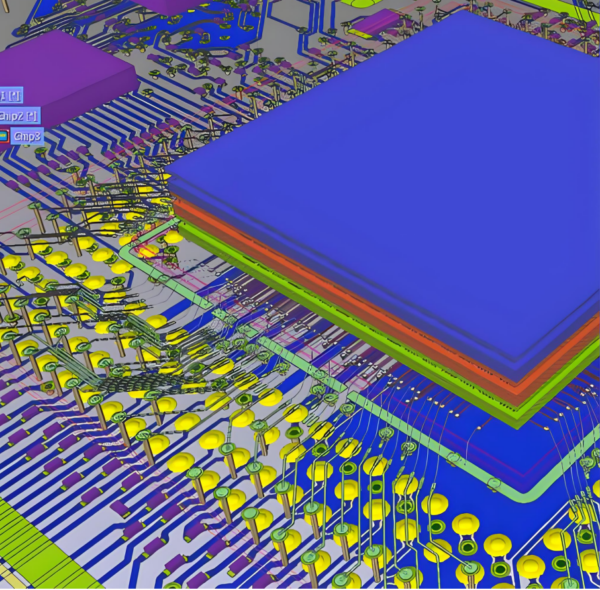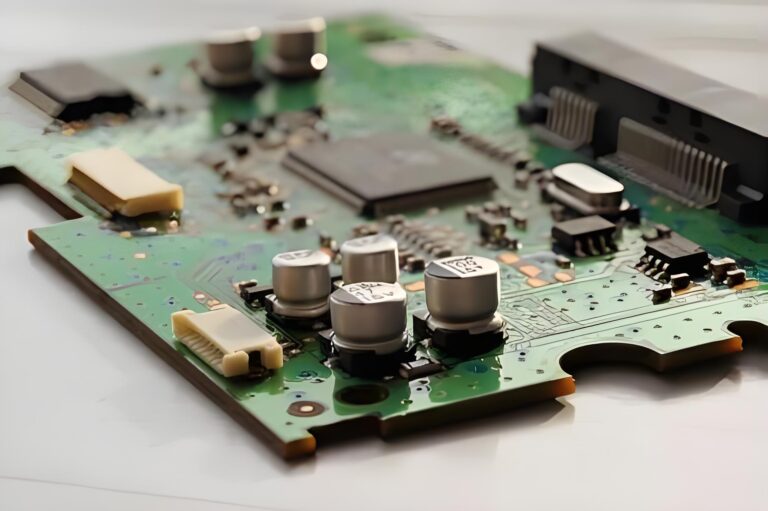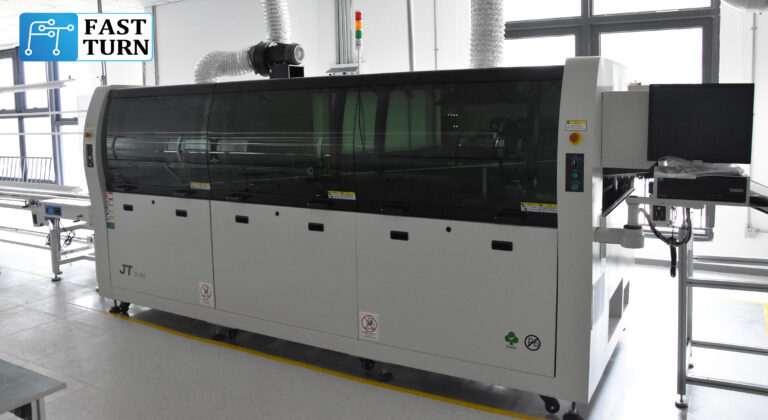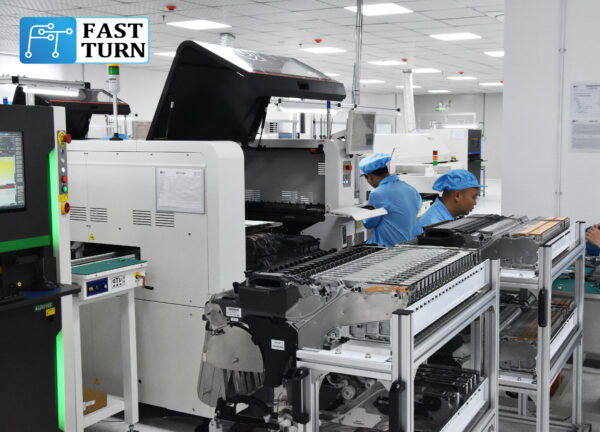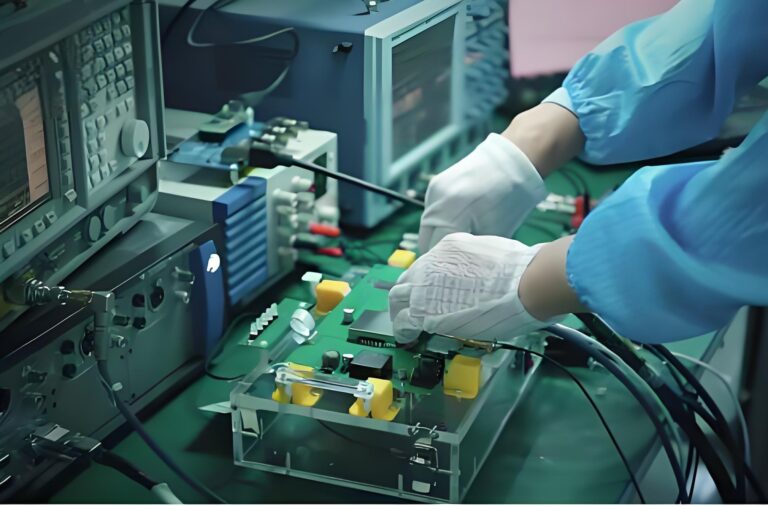SMT, with its efficient and high-density characteristics, has become a key technical support for the miniaturization and high performance of modern electronic products. Below, we will analyze the core operating mechanism of SMT from three dimensions: technical principles, core processes, and key links.
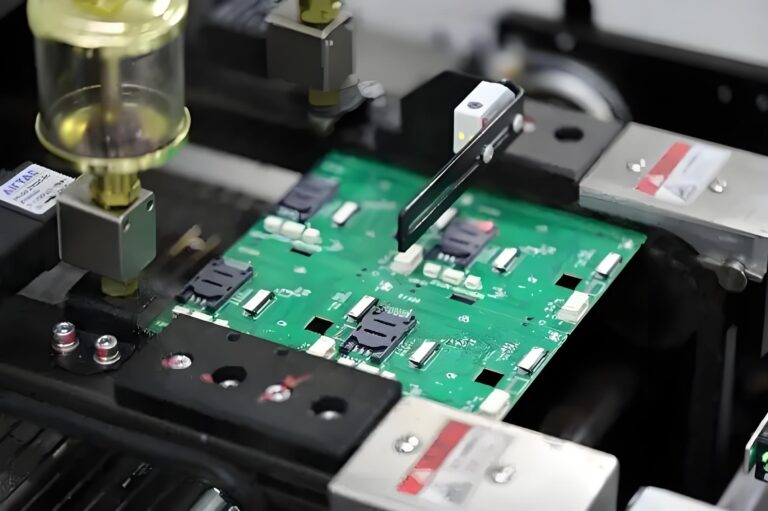
Basic principles of SMT technology
The essence of SMT is to achieve direct assembly of electronic components on the surface of printed circuit boards through the combination of miniaturized electronic components and precision manufacturing processes.The core principles can be summarized as the following three points:
Design of miniaturized components
SMT uses surface mount components without or with short leads (such as resistors, capacitors, chips), which have a volume only 1/4 to 1/10 of traditional through-hole components.
This design significantly improves high-frequency circuit performance by reducing component parasitic parameters.
Accurate positioning of solder
By using screen printing technology, solder paste is precisely coated onto PCB pads to form a solder layer with a thickness of approximately 0.1-0.15mm.
The rheological properties of solder paste ensure stable shape after printing, providing a material basis for subsequent welding.
Thermodynamically controlled welding
By using reflow soldering technology and precisely controlling the temperature curve, the metal particles in the solder paste are melted and form intermetallic compounds
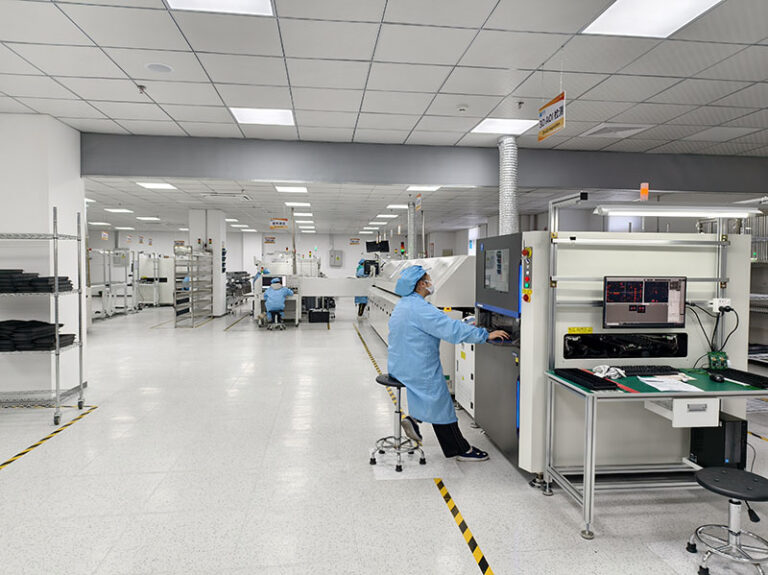
The Four Core Processes of SMT Process Flow
The SMT production line consists of four key processes that form a closed-loop system, each of which includes precision control technology:
Solder paste printing technology
Using stainless steel laser templates and fully automatic printing machines, the scraper completes solder paste transfer at a speed of 0.5-1.5m/s.
The advanced visual alignment system can achieve a positioning accuracy of ± 15 μ m, ensuring precise coating of micro pitch QFP packaging.
High speed precision mounting
The multi axis linkage surface mount machine captures components through vacuum suction nozzles and completes component posture correction during movement using flight centering technology.
The installation accuracy of high-end equipment can reach ± 25 μ m and can handle 01005 ultra micro components.
Gradient reflow soldering
The ten temperature zone reflow soldering furnace precisely controls the temperature of each temperature zone through PID algorithm. The typical temperature curve includes preheating at 150-180 ℃ and peak temperature above 217 ℃.
Nitrogen protection environment can reduce solder oxidation and improve wettability.
Three dimensional inspection system
The automatic optical inspection system captures the morphology of solder joints through multi angle LED light sources and a 5 μ m resolution camera, and AI algorithms can identify defects such as bridging and virtual soldering.
For BGA packaging, X-ray tomography is used to reconstruct the three-dimensional structure of solder balls.
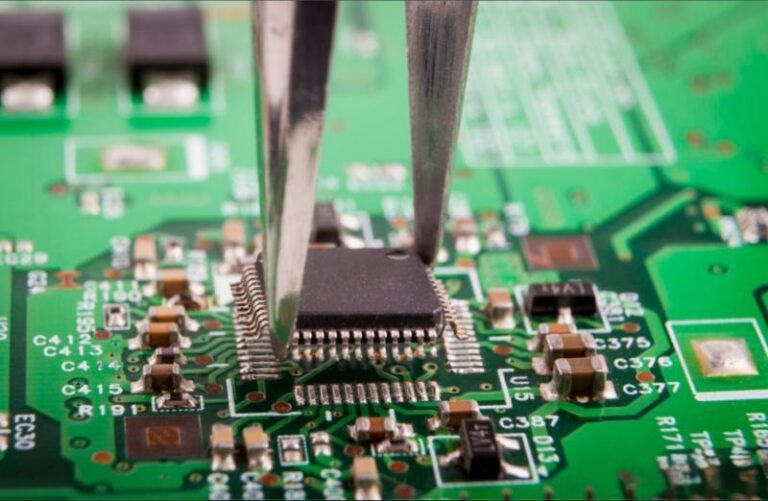
Advantages and Challenges of SMT Technology
Compared to traditional through-hole technology, the breakthrough advantages of SMT are reflected in:
The assembly density is increased by 5-10 times, and the number of components per unit area is greater than 200/cm ²;
High frequency characteristic optimization, parasitic inductance reduced to 0.1nH level;
Automation rate exceeds 98%, reducing production costs by 40%.
However, technological development also faces challenges: miniaturization leads to a decrease in the mechanical strength of solder joints, and the collapse problem of solder paste printing is particularly prominent at ultra-fine spacing.
Currently, nanoscale solder and 3D printing technology are breaking through these bottlenecks.
epilogue
The continuous evolution of SMT technology, from smart wearable devices to aerospace electronic systems, is driving electronic manufacturing towards higher levels of integration.With the deep integration of materials science and intelligent manufacturing, SMT is ushering in a new era of microelectronic assembly.

